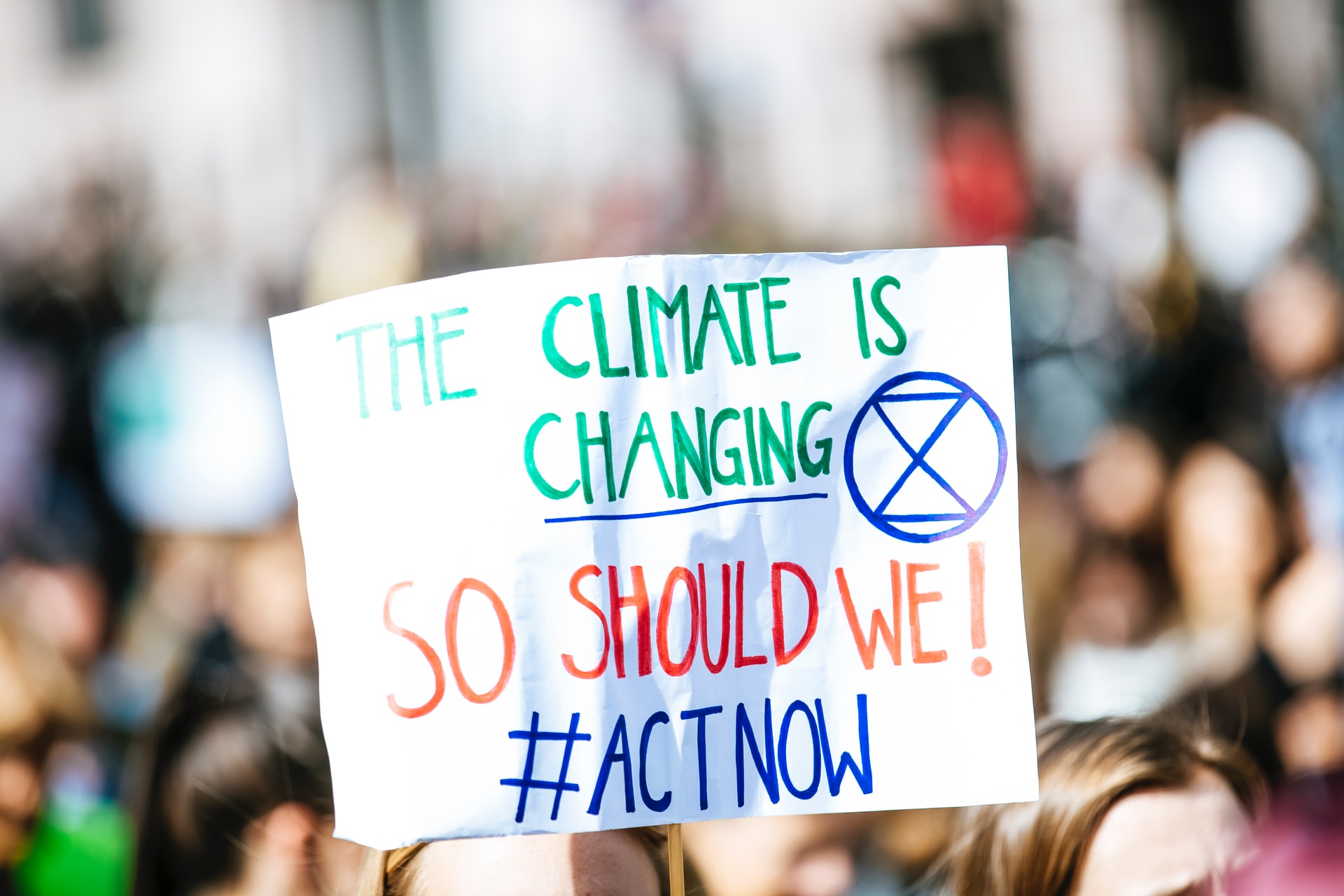It's time to take responsibility for the climate. This line may sound ominous, but it is actually good news. If in fact, as individuals, it's easy to feel powerless and surrender to fatalism in the face of the mounting effects of the climate crisis (which the latest IPCC report reminded us of), we now have evidence that everyone's commitment really counts.
This is what the research “The Power of People”, commissioned by the British movement The Jump to the international consulting firm Arup, with the supervision of the C40 Cities network and the University of Leeds, tells us, in numbers. Briefly, according to the study, citizens can directly contribute to at least a quarter of the carbon emissions cut needed by 2030. And they can do it now, by taking six practical actions: challenging, of course, but clear and feasible for everyone.
The true power of individuals in fighting the climate crisis
The founders of The Jump campaign took the dilemma that anyone concerned about the climate and environmental crisis faces today as their starting point: can individuals really do anything effective to protect the environment, or is it all in the hands of governments and industries? A question that is certainly not trivial and that has led, in recent times, to a widespread sense of resignation and fatalism even among those who have always been committed to leading a sustainable lifestyle.
The answer that comes from Arup's study is obviously articulated, but positive: “Governments and industry have the greatest responsibility,” reads the introduction, “but the actions of citizens and communities are significant, impactful and urgently needed”.
The positive impact of such measures is quantified for the first time: individual citizens can have a direct influence on 25-27% of the climate change reduction needed by 2030 to avoid ecological collapse. Of course, governments and industry hold the largest share of responsibility (73-75%), but individual choices can still have an impact on the system as well.
In addition, citizens and communities do not need to adjust to the slow pace of political mechanisms, but can act quickly and immediately: a valuable feature given that this is the crucial decade for climate action. And finally, higher-income groups are the ones who should commit most to lifestyle changes; their changes will carry the most weight, while low-income citizens have the power to influence emissions reductions by only 9%.
Six actions for the climate
Having established that everyone's contribution is valuable and that the sooner we start the better, what should we do?
The group of scientists, researchers, parents and teachers who launched The Jump campaign has drawn up a list of six categories of actions based on the principles of practicality and clarity. Eat Green, Dress Retro, End Clutter, Travel Fresh, Holiday Local and Change the System: these are the six recommended lifestyle changes. “No more confusion,” reads the group's manifesto, “Clear and practical. Radical but doable.”
Here they are in detail.
Eat Green: The first step is food. Reducing household waste to zero and switching to a largely plant-based diet would contribute to 12% of the emissions cut needed by North American and European countries.
Dress Retro: fashion, as you all know, is one of the most environmentally impactful industries. The commitment required by The Jump is to limit purchases of new clothing to three per year (but there is always the second-hand option). This would contribute 6% to emissions savings.
End Clutter: Waste from electrical and electronic appliances is growing exponentially, partly due to the planned obsolescence policies of many manufacturers. However, we can make an effort to extend the useful life of computers, cell phones and various household appliances, repairing them and not being enticed by the constant novelties on the market. By keeping them for at least seven years, we could contribute to the 3% emissions cut we need by 2030.
Travel Fresh: Transport is one area where you can really do a lot to reduce climate impacts. Wherever possible, it would be a good idea to give up your own car and use public transport or car sharing solutions. In this way you can contribute to 2% of the reduction in CO2 emissions.
Holiday Local: Sticking with transportation, we know by now how unsustainable flying is. The Jump therefore recommends that you allow yourself one flight every three years at the most and that you choose “local” destinations for your vacations.
Change The System: Influencing politics and industry is the hardest part, but it's not impossible. It requires more significant actions, such as choosing a renewable energy provider or putting your savings into green investment funds. Last, but certainly not least, casting your political vote for those who truly care about the climate and the environment.
“History shows,” write the founders of The Jump, “that without positive examples and cultural pressure for the world we want, things will always stay as they are.”
Photo: Markus Spiske (Unsplash)



